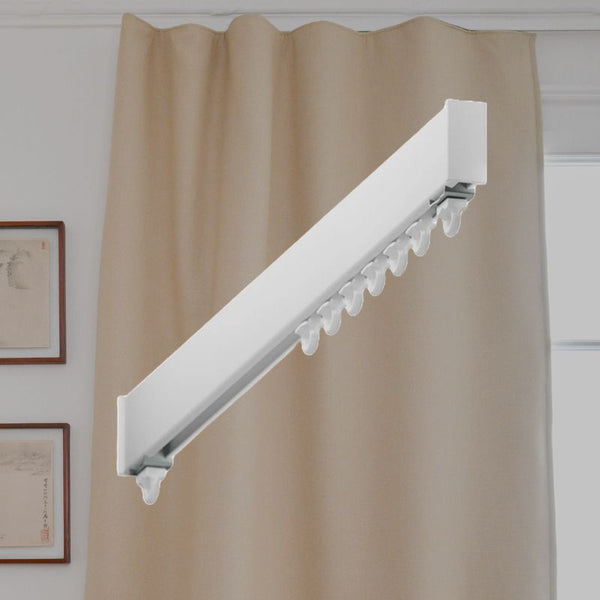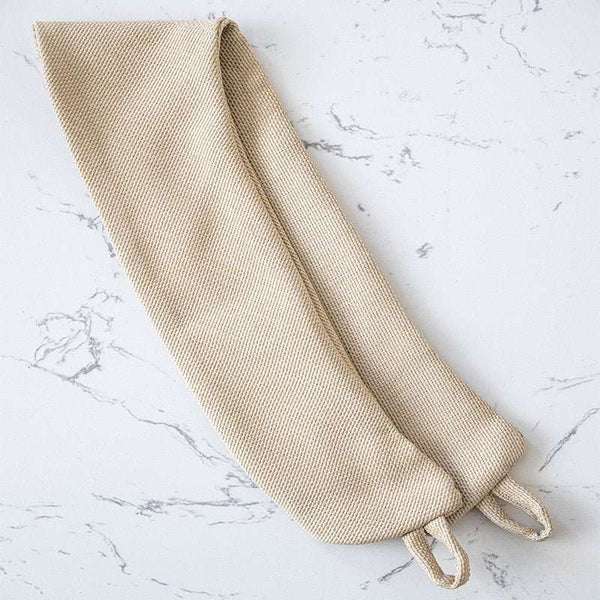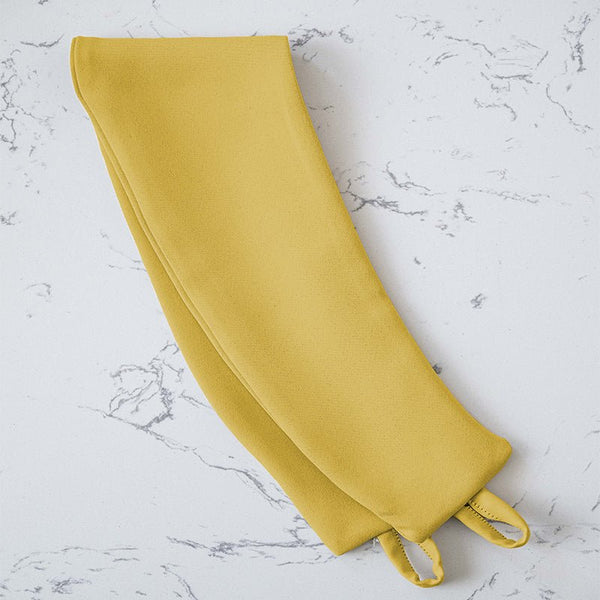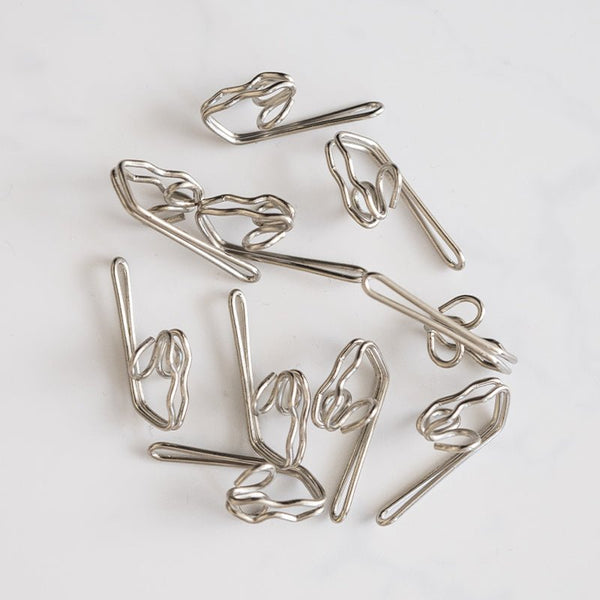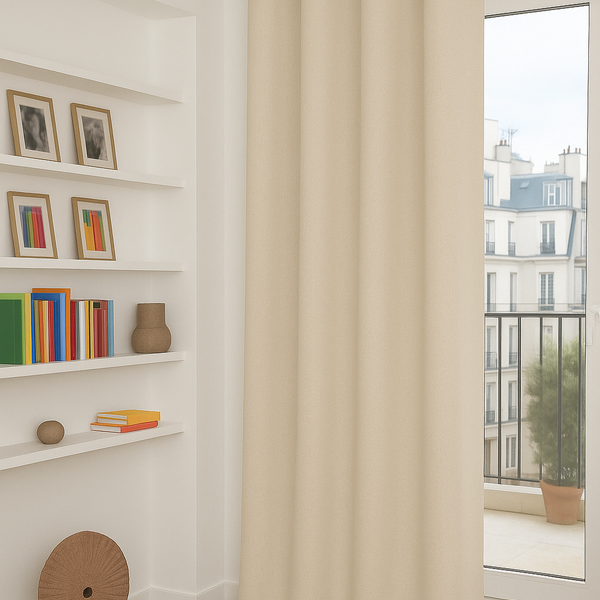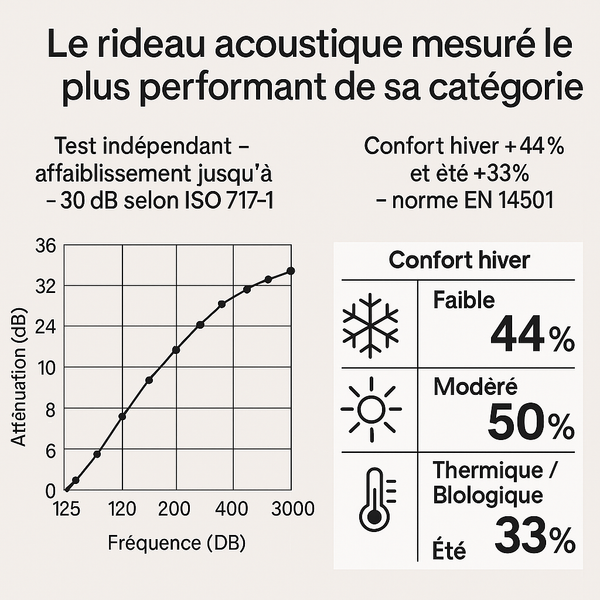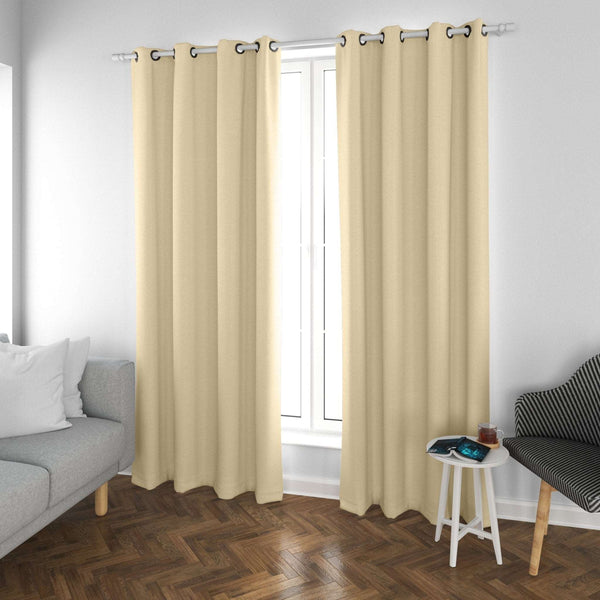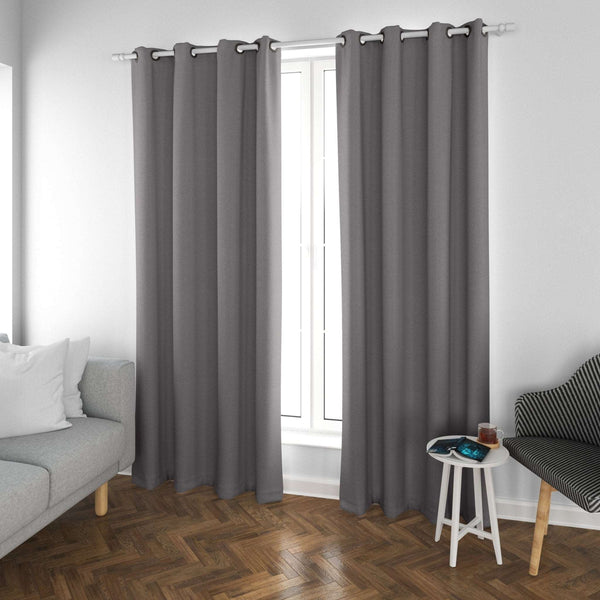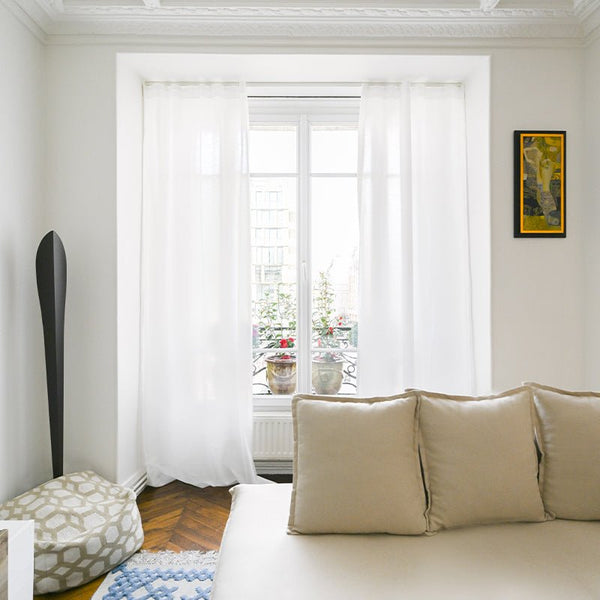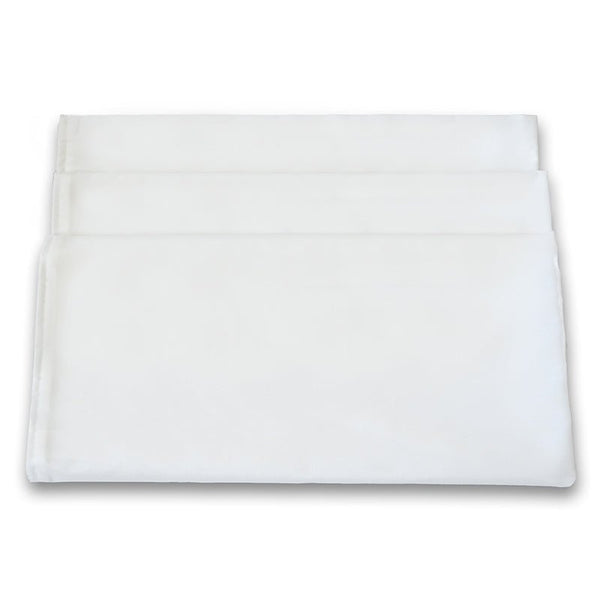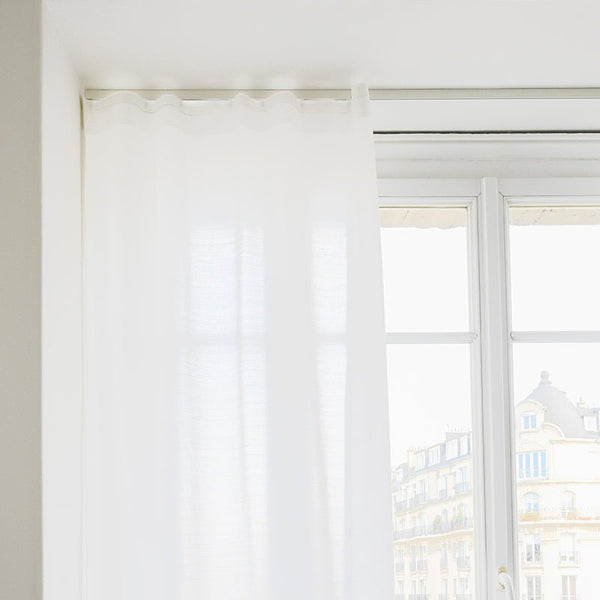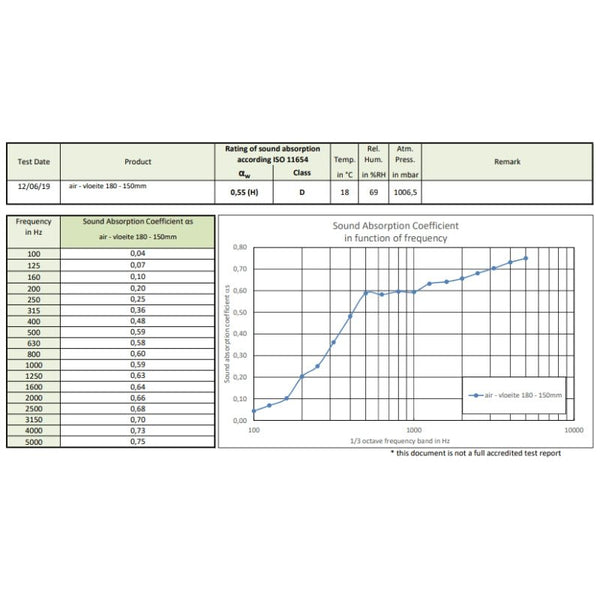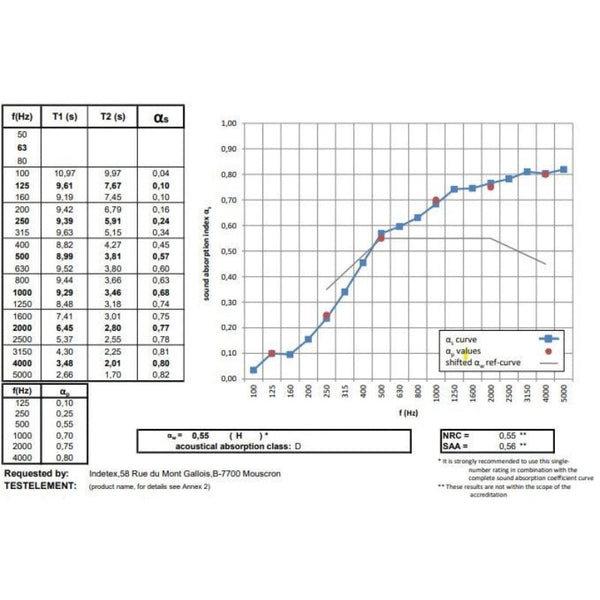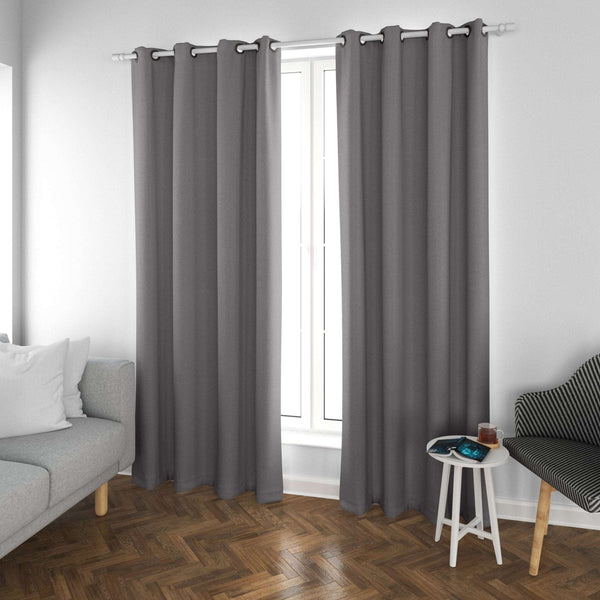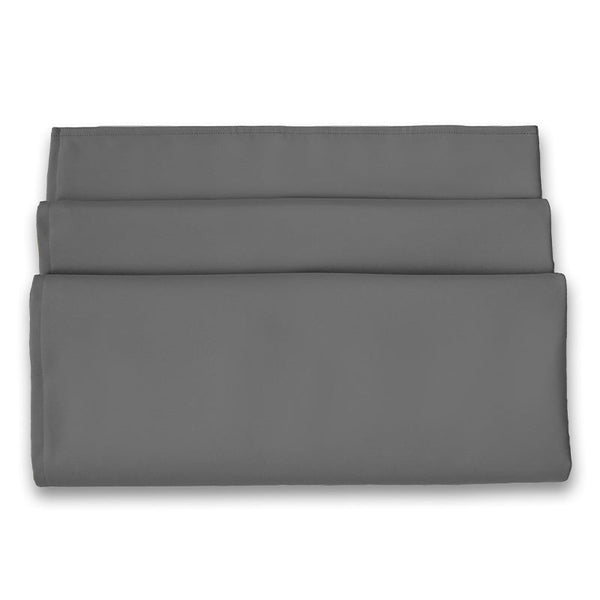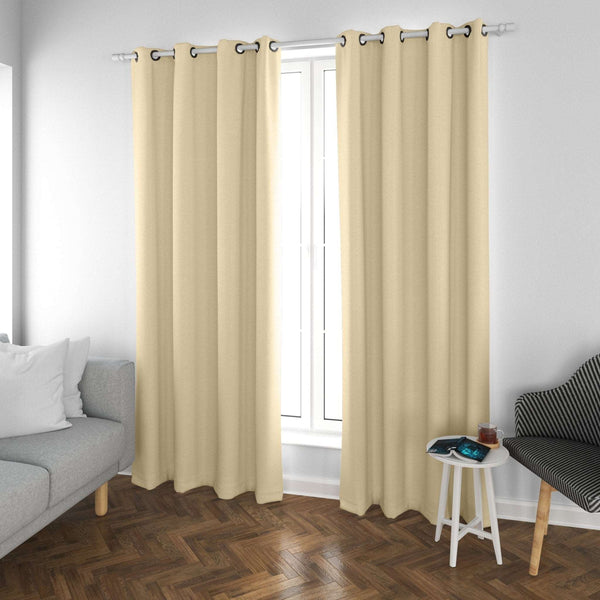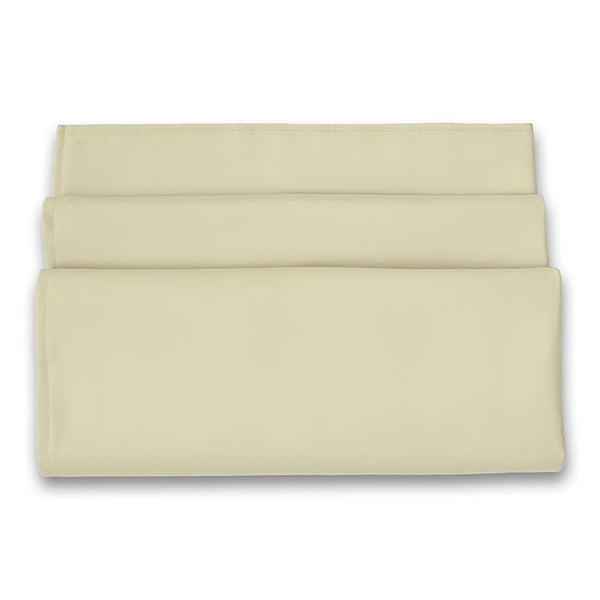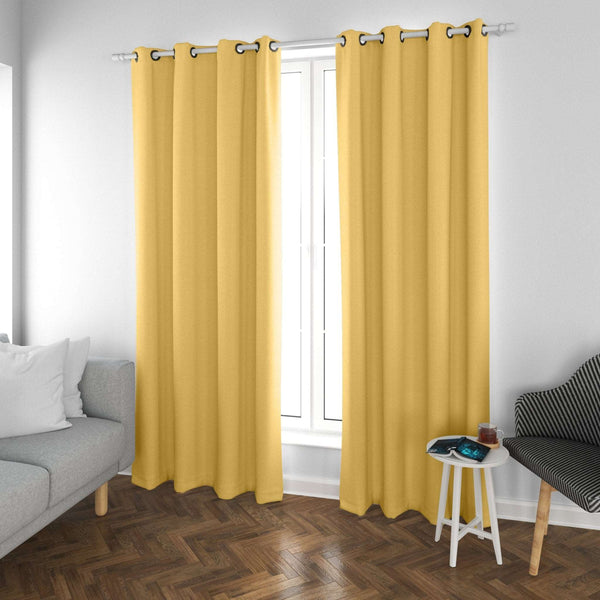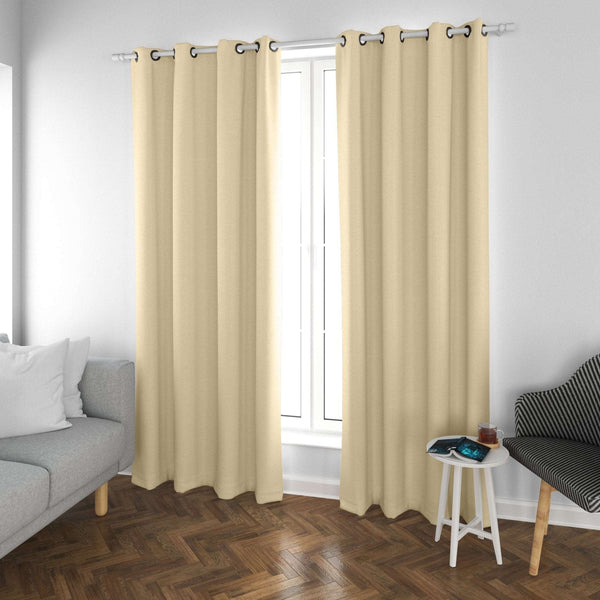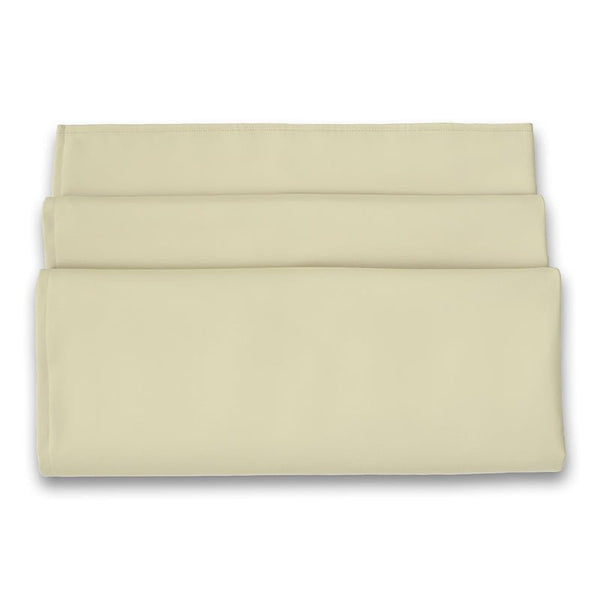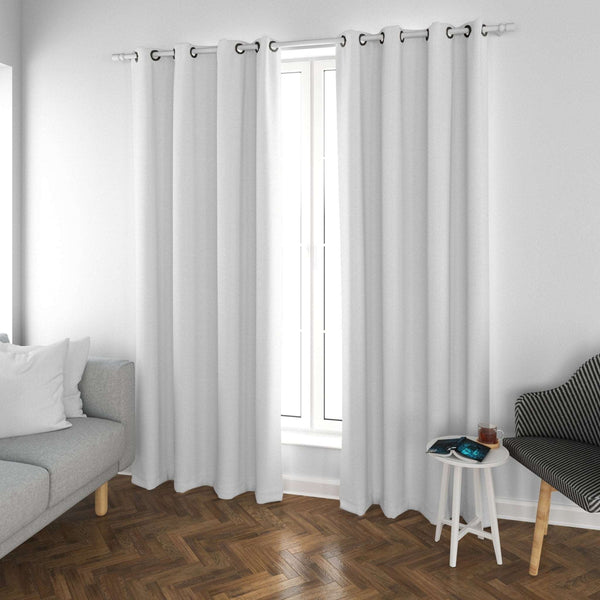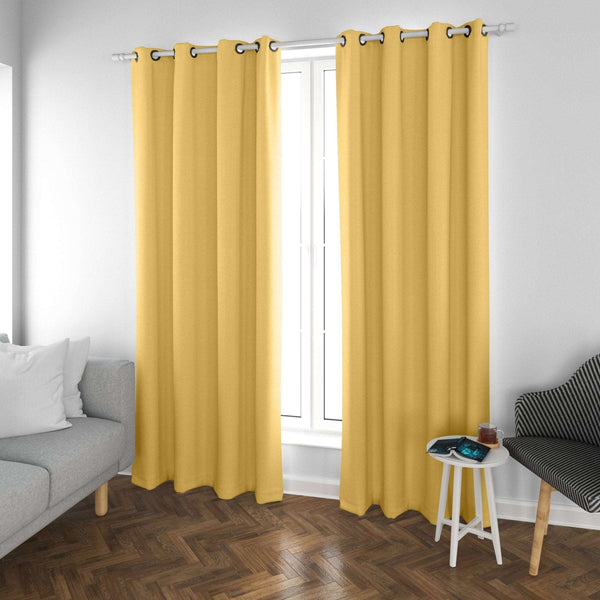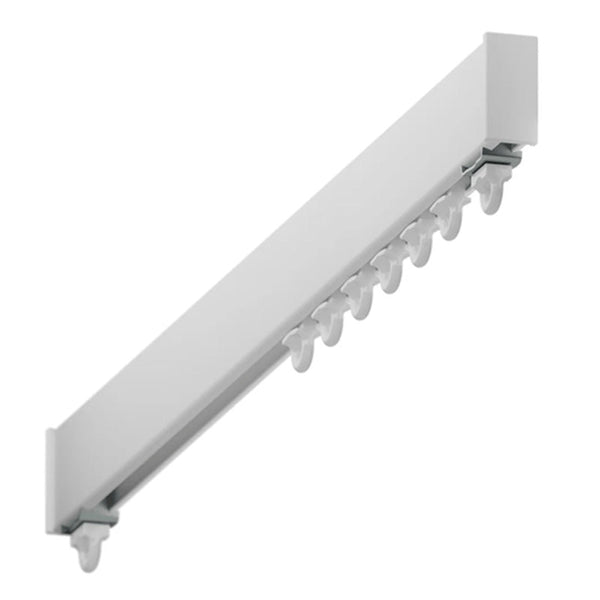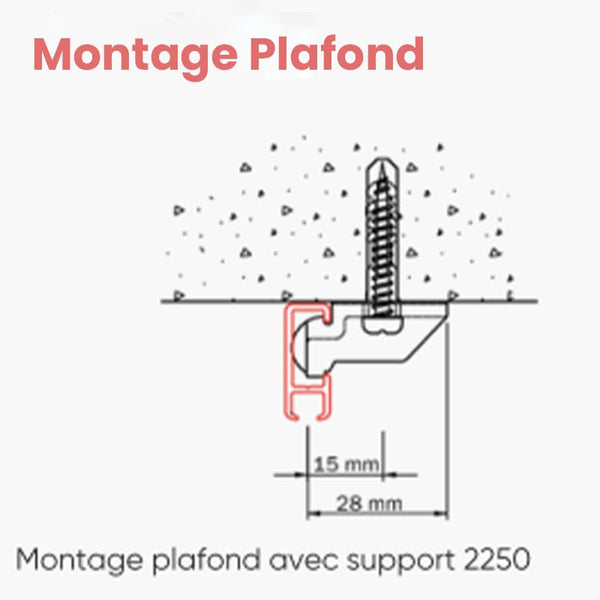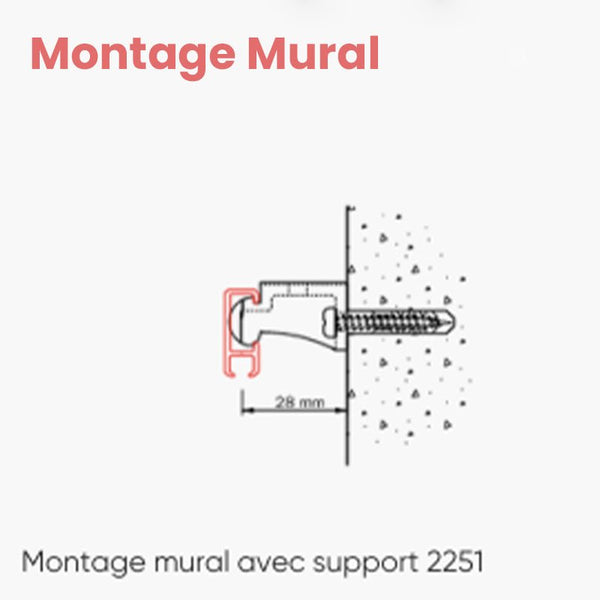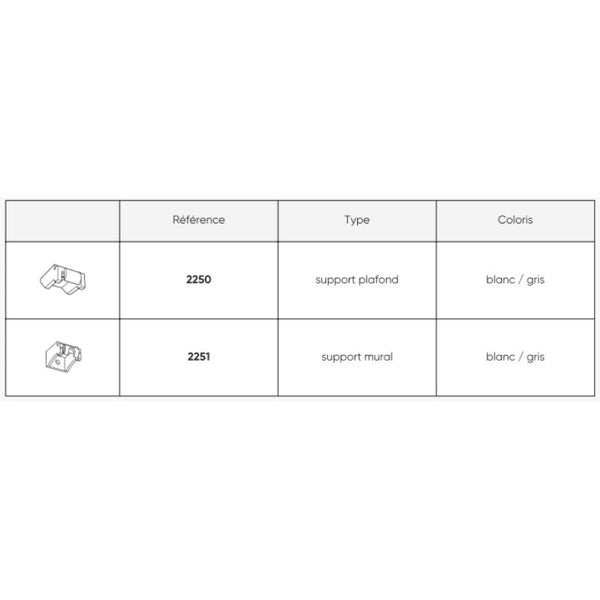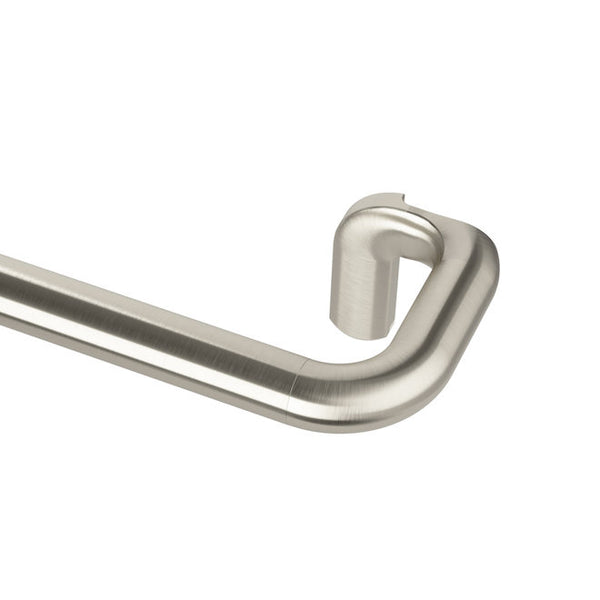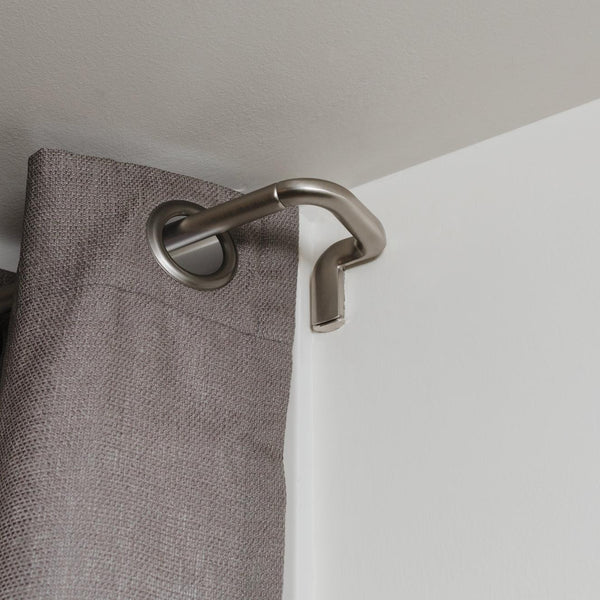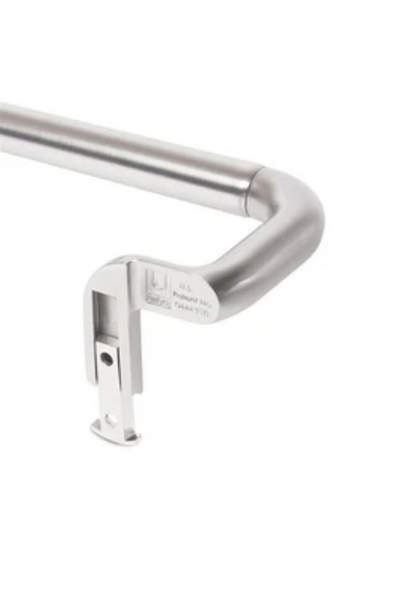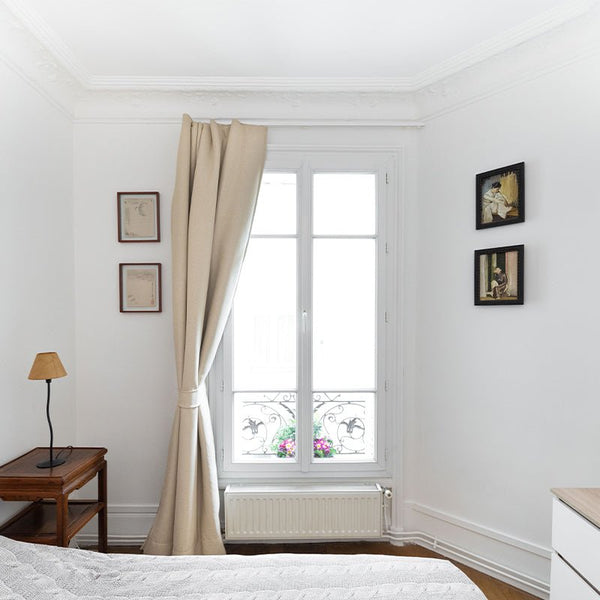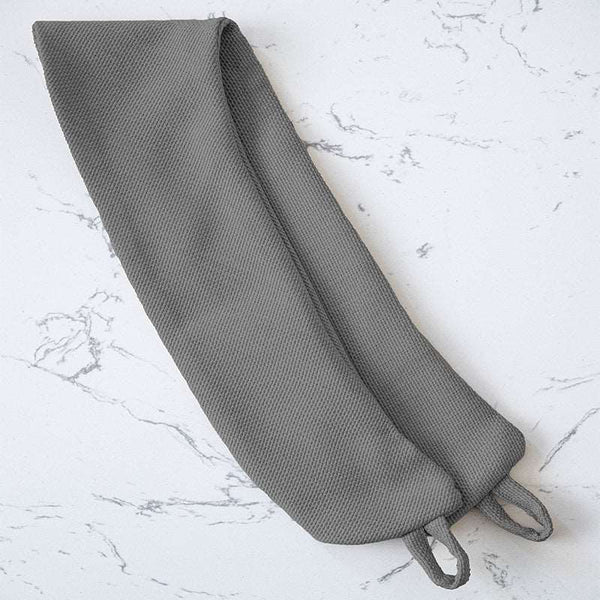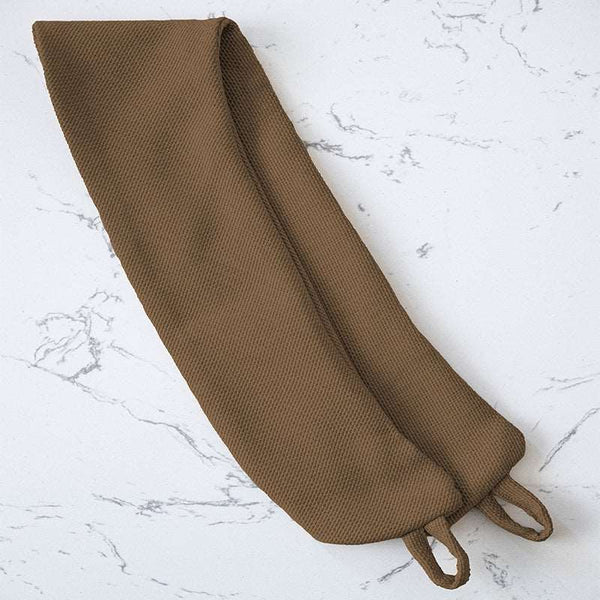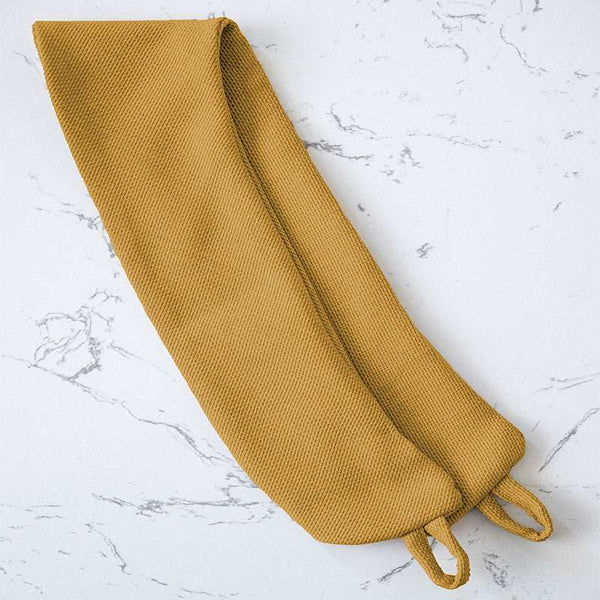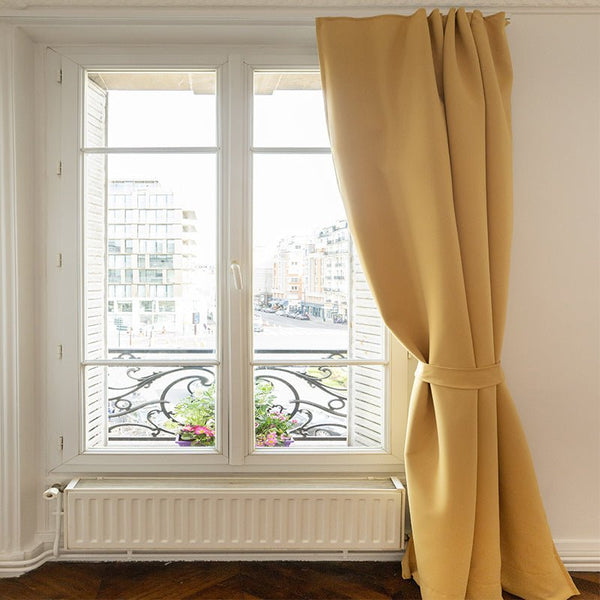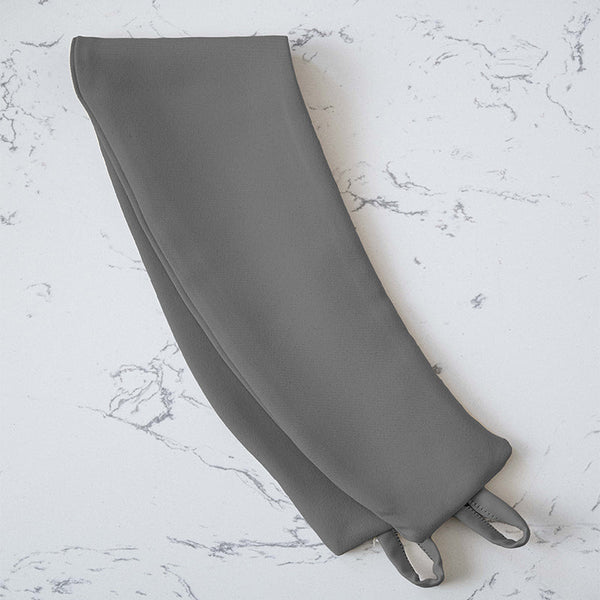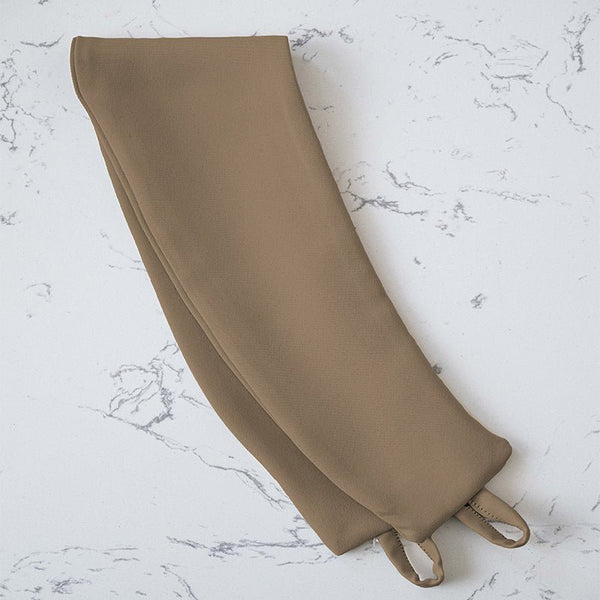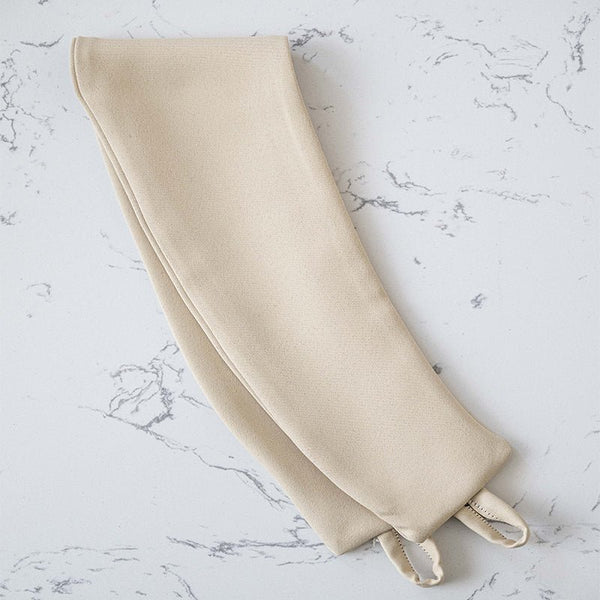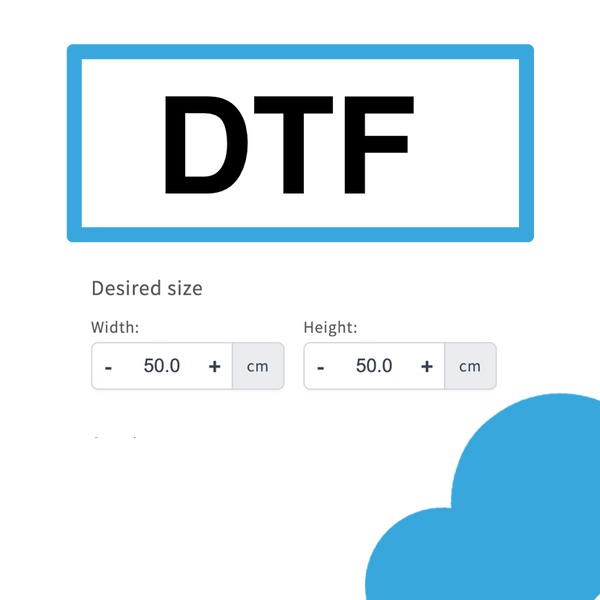Made from insulating materials, thermal curtains are accessories designed to improve insulation and comfort in the home. As well as blocking heat in summer, they reduce heat loss in winter. They help maintain a constant indoor temperature and reduce energy bills. However, their performance varies according to fabric and manufacturing method. So how do you know if a curtain is thermal? Follow our advice.
Materials and composition
Typical materials used for thermal curtains
Thermal insulation curtains are made from a variety of materials:
- insulating fabrics: among the most commonly used are polyester, velvet, wool and thick cotton. They can block drafts, light and cold in winter;
- Thermal linings: some curtains feature a thermal lining made of insulating material such as fleece to reinforce insulation;
- fabric blends: other curtain models are made from a blend of fabrics to maximize thermal performance and enhance aesthetics.
How do these materials contribute to insulation?
These materials contribute to thermal insulation in several ways. Firstly, insulating fabrics have low thermal conductivity. They are particularly effective against temperature variations, as they allow neither cold nor heat to propagate through them. As a result, they act as a thermal barrier. Insulating materials are also known for their ability to retain and absorb heat. This contributes to a home's energy efficiency. Note that the thicker the material, the more effective the polar or aluminum thermal curtain. Finally, insulating materials reflect heat. They can prevent the sun's rays and extreme heat from entering the home. So you'll always enjoy a pleasant temperature in summer.
Design and manufacturing
Design features that distinguish a thermal curtain
Insulation curtains are distinguished by their design features:
Thickness
As previously stated, thermal curtains are very thick. This extra layer of fabric creates a significant thermal barrier and reduces heat transfer.
Density
The density of a thermal curtain refers to its thickness. The higher the density, the thicker the curtain and the better its performance. Density must be considered along with other design features to test the curtain's action.
Surface treatment
Some insulating curtains benefit from a surface treatment. These may be stain- or scratch-resistant, antistatic or waterproof. They can also be covered with insulating or reflective coatings.
Ease of installation
Thermal curtains are generally designed to be easy to install. Users will be able to attach and adjust them quickly.
Examples of manufacturing techniques that improve thermal efficiency
Wondering how to tell if a curtain is thermal? Several techniques can be used to increase their efficiency. These include:
- pleated design: thanks to the extra layers or pleats used, the thickness of the thermal blackout curtain increases, as does its insulating power;
- sealed seams: these reduce the spaces through which air escapes, thus combating draughts;
- the use of high-quality fabrics: special fabrics with low thermal conductivity can significantly improve the performance of thermal insulation curtains.
Performance and certification
Performance standards for thermal curtains
Several indicators are used to test the performance of thermal curtains:
Thermal insulation coefficient
It represents a material's ability to transmit heat. A low thermal insulation coefficient indicates better insulation.
Thermal resistance
This index represents a material's ability to diffuse heat. The higher the thermal resistance , the more efficient the insulation.
Solar reflectance
It measures the curtain's ability to reflect sunlight.
UV blocking rate
This rate indicates the curtain's ability to counteract the sun's rays.
Solar absorption coefficient
This value expresses the proportion of heat absorbed by the thermal curtain.
How to identify certifications and quality labels?
Thermal curtains must comply with energy efficiency standards. Among the labels and certifications used for these accessories are OEKO - TEX Standard 100, ISO 9001 andISO 14001. So how do you know if a curtain is thermal? Start by checking the label for these labels. Then check the manufacturer's website. You're sure to find information on certifications. Consult the curtain specifications or the FAQ section. You can also look for symbols or logos on the packaging. Finally, don't forget to read user opinions and reviews to assess the quality of the thermal curtain you're interested in. Pay particular attention to comments on labels.
Practical tests and assessments
To answer the question: how do you know if a curtain is thermal, you can carry out practical tests and evaluations.
Tips for testing the effectiveness of a thermal curtain at home
If you want to know how effective your thermal curtain is, you can use a few techniques:
The flame test
Light a candle and hold it close to the curtains. If the flame is drawn towards the window, this means that the curtains are not completely blocking the draughts.
The light test
During the day, close your curtains completely, then switch off all light sources. If the outside light is well filtered, this shows that the curtains are not letting the heat through.
Subjective sensations
Stand close to your windows when the curtains are closed. If you feel little or no draught and the temperature inside the house is ambient, this indicates an improvement in thermal efficiency.
Measuring temperature differences
Using a thermometer, measure the temperature difference in your home before and after installing the curtains. If the curtains are efficient, you'll notice a reduction in temperature differences.
Importance of evaluation in the context of use
The evaluation of a thermal insulation curtain must always take into account the context of use. Depending on the orientation of the windows, curtains may be exposed to different climatic conditions. As a result, you won't necessarily reach the same conclusion for the same test carried out on two curtains placed in two different locations. Also, take into account the season, as draughts can be very strong in winter. Likewise, consider the type of window, as a double- or triple-glazed window greatly influences the amount of heat lost or gained. By taking these factors into account, your tests will be carried out with complete objectivity.
For quality thermal curtains, trust Nokomis
To optimize your comfort and save energy, install quality insulating curtains in front of your windows. We have several curtain models with amazing properties to meet your expectations. Whether you want to improve thermal insulation, soundproofing or both, you'll find the right solutions on our Nokomis site. Thanks to their elegant materials, our curtains will also add a touch of elegance to your interior design.
